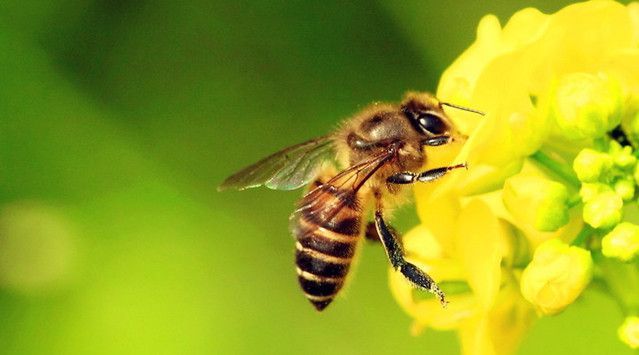This is Scientific American — 60-Second Science. I'm Christopher Intagliata.
Springtime is flower season. And that includes some 90 million almond trees in California. It's the largest pollination event in the U.S.—and beekeepers truck in two thirds of the nation's captive honeybees to do the job. But for the last decade or so, the keepers have complained about failing colonies, with underdeveloped bees ejected from their hives.
Now a study identifies one possible culprits. Not a pesticide, but one of the many ingredients used alongside them. "So these are added into a formulation to enhance the efficacy of the active ingredients." Julia Fine, an entomologist at Penn State. "It's just called "other ingredients" and they often are the bulk of the formulated product."

The chemical in question is known as an organosilicone surfactant. Fine and her colleagues fed the chemical to honeybee larvae over time, and exposed them to a cocktail of common beehive viruses. And they found that larvae exposed to the chemical and the viruses together appeared to die in greater numbers than did bees exposed to the viruses or the chemical alone—so there's a possible synergistic effect that play. And the symptoms they saw mirrored the ones beekeepers observed in their hives. The study is in the journal Scientific Reports.
Fine and her team still have to determine how much of these chemicals actually make it into the bees' food. But they do know hundreds of thousands of pounds of them are used in almond orchards each year. And elsewhere too. "Agriculture is just one use for organosilicone surfactants. It's all over the place. So if we can find it has any effect in an organism, it will be relevant."
Thanks for listening for Scientific American — 60-Second Science Science. I'm Christopher Intagliata.












